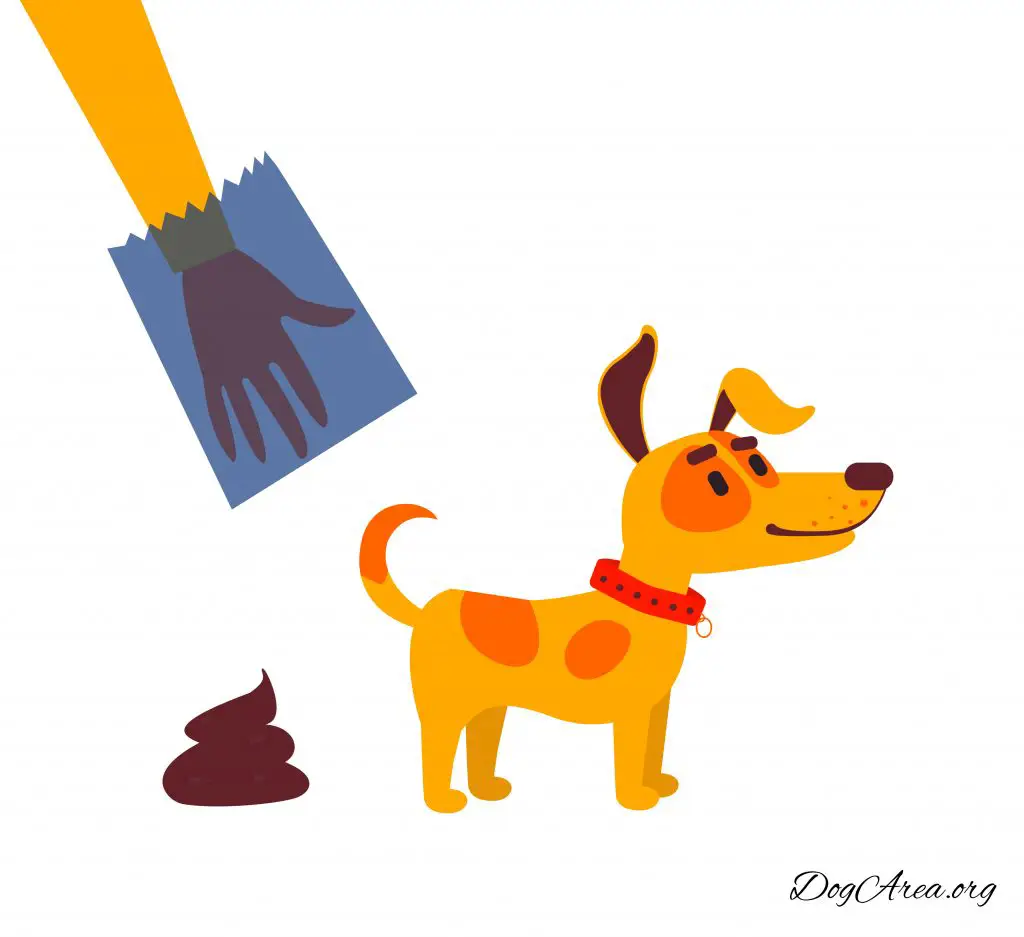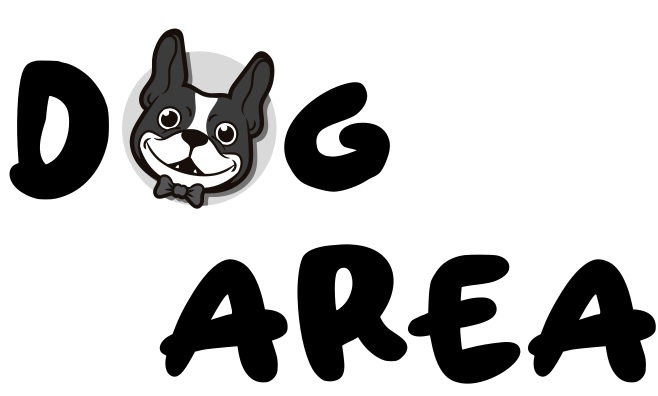My Dog`s Poop: 10 Enlightening Answers to Concerning Questions
Having a canine friend is one of the greatest joys a dog lover can experience. Still, even the most adorable of our furry friends has to poop some time.

When this moment comes, there are a lot of concerns that may come into play. Either that we are talking about a medical condition that leads to a strange looking stool or your pup doing his business a lot more often than usual – all this issues can give a lot of headaches.
Here are a few of the most basic and concerning questions that dog owners need answers to when it comes to their dog pooping.
What Should my Dog`s Poop Look Like?
Our furry friends can`t really talk, so we need to know how to interpret other symptoms of their general health. In this case, we need to check our dogs` poop. This can show us lots of clues as to their digestive system, and why now, their overall health.
Your little pal`s poop can be evaluated pretty much like a diamond, and will involve the 4 C`s: color, consistency, content and coating.
Normally, your dog`s poop should have a chocolate type of color. When digestion takes place, your canine`s gallbladder will release bile in order to help breakdown the food. Bilirubin represents a specific pigment in this bile which will affect the poop color.
Depending on the diet, dyes in the dog`s food or hydration, there might be small color deviations.
Here`s a secret you might now know: some vets use a specific numerical system in order to give your dog`s poop a score. This score assigns values from 1 to 7, from very hard to soft. An ideal consistency value would be a 2.
When talking about poop content, there aren`t too many ways to get inside a stool, other than dissection. The inside of the poop should look the same as the rest of the stool. If it`s fresh, you shouldn`t find any worms, foreign objects of clumps of fur.
And the last but not least: coating. You shouldn`t be able to see a film or coating over your little friend`s stool. If you are, let`s say, in the park and there are trails left behind when you are picking up after your dog, this might be the result of a large bowel inflammation. This frequently happens at the same time with diarrhea.
Tiny streaks of red blood might show up every now and then as well, generally coming after straining to poop. When this happens, just take the “wait & see” approach to notice if there`ll be any more than one single red streak. And if there`ll be, take your dog to the veterinarian clinic for further investigation.
Is White Dog Poop Bad?
Obviously, white poops aren`t exactly normal and need to be addressed to a veterinarian promptly if you feel the problem is serious!
With that being said, white stools might be the result of a raw diet that includes too much bone and/or calcium. Canines that receive a well adjusted raw diet normally produce stools which have a lighter color.
Depending on the amount of food eaten, your furry friend`s waste should return to normal in terms of consistency and color. If this doesn`t happen for several days, it`s wise to get in touch with your vet.
How Many Times Do Dogs Poop a Day?
Generally speaking, you can house-train dogs at just about any age. However, puppies are able to learn things a lot quicker than dogs during their adulthood. Adult-size poops are actually the big problem.
Puppies require pooping after each playtime, nap and, of course, meal. Depending on the breed or size, may dogs consume food a few times per day.
It`s considered “normal” for a dog to poop around once to 5 times per day. Still, the amount of poop he might have one day to another might depend on a few different factors.
These will include the age of your dog (a puppy will always have a tendency to poop more than an adult dog, regardless of his breed), amount of fiber content of his diet, how much your canine has eaten in the past day or individual variation.
If your pal has poops of normal consistency, doesn`t have any issues with bowel movements and maintains a proper weight, there`s nothing to concern about.
Dogs learn by association and routine, so it`s a good thing to implement routine for your canine. A “typical” routine for him would be:
- Early morning: Let him out before doing anything else. He`ll poop whatever he has “collected” in his gut throughout the night.
- After a meal: As soon as your dog has finished eating, let him play outside for a bit. You`ll most definitely see him get down to business soon after sniffing and circling around for a while.
- Before bed: Your little friend is likely to poop before finally going to sleep.
Note: Your dog should normally have around 1 to 3 poops for each and every of his walks.
What if My Dog Hasn’t Pooped in 2 Days?
So we already established that constipation is the main cause when it comes to dogs involving their inability to poop easily and in a normal manner. Obviously, this will lead to further signs.
Most of our little friends poops at least once or twice per day, but if they experience constipation, they may not defecate at all for a couple of days. They might pass mucus when attempting to poop. They might strain or produce stools which are too dry and hard.
Although it`s something completely common for a dog not to have a bowel movement for one or 2 days, if his stools pass easily and have a normal size, it`s nothing to worry about.
Why Does my Dog Poop So Often?
Dog colitis is a common cause of an increase in your dog`s poop volume and stool frequency, which means that the little one has an inflammation of his colon. If this occurs, your dog might poop more often and his poop might begin to be firm at first and then might become of a softer consistency.
There are lots of causes for this medical condition raging from presence of protozoans or parasites, abrupt changes in their diet or dietary indiscretion.
Alternatively, an increase in your dog`s stools might be related to a large range of other medical issues. These range from liver or kidney problems, to pancreatic insufficiency or even deadly parvo in dog babies.
Why Does My Dog Have Jelly Like Poop?
You might find this somehow weird, but it`s true. The lower gastrointestinal tract of your dog can create a slippery liquid substance that will lubricate the colon and, therefore, easy the passage of the stool. At times, this particular clear substance may cover the entire poop just as a coat or assemble at the end. Every now and then, this kind of “coating” is completely normal and may even show a self-resolving problem.
Why Is My Dog Leaving Little Poop Balls?
The shape of your dog`s stool should be similar to a log. If your dog leaves small poop balls when defecating, he may not consume sufficient water. It`s quite common for dogs that experience kidney illness to leave little balls of poop as they generally fail to consume water in proper amounts in order to satisfy their status of hydration.
Sometimes, dogs of an older age who experience arthritic hips, aren`t able to support their excretion posture for a total evacuation of their rectal artery. Often, these particular arthritic canines leave little stool nuggets when they rest or walk.
Dog owners can always give them fiber supplements, such as Metamucil, or stool softeners, such as Miralax, in their diet to easy their small friends the process of defecation.
Note: A “normal” stool`s consistency should be similar to a dough. The stool`s shape shouldn`t be distorted too much when picked up.
Why Does my Dog Have Diarrhea, But Is Acting Normal?
Some of the most often encountered canine signs to a vet clinic are allergic reactions, vomiting, itchy skin, and of course, diarrhea.
When talking about diarrhea, our canine friends experience this when eating various things that aren`t really appropriate, like things from the trash, greasy-type of foods, and even people food. Diarrhea can develop from situations that are somehow stressful for our little friends.
Diarrhea can also be the result of eating toys, plants or consuming chemical products. Any of these should be a reason to visit the veterinarian clinic as soon as possible.
What Kind of Stool Softener Is Safe for Dogs?
Stool softeners are considered to be safe when your dog experiences constipation. We just mentioned Miralax above, but if you cannot find this product, you could also use Dulcolax or Colace.
It`s essential for the dose you use to loosen the bowel just enough for your little pooch to poop comfortably without experiencing diarrhea.
How Much Stool Softener Can I Give My Dog?
When it comes to dogs, the correct dosage of stool softeners is 1 tablespoon for each 5 kg. Still, you should avoid administering the softener orally, as this may lead to pneumonia if it lands in the lungs, which can happen rather easily.
Final Word
Your furry friend`s poop can answer to a lot of questions for the right eyes. Dog owners just need to get more knowledge when it comes to their dog`s poop and don`t be afraid to get their “hands dirty.” Their little pals deserve it!
